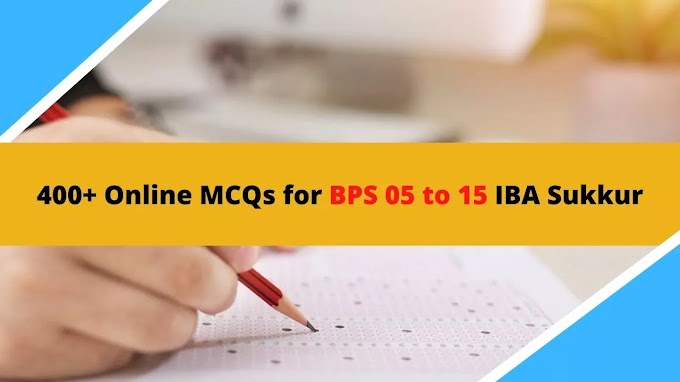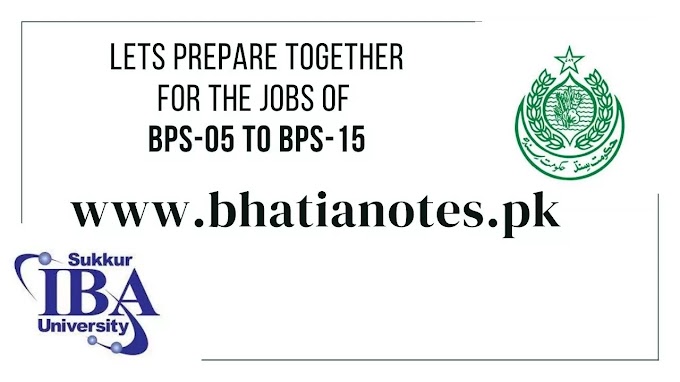Reader Response is a literary theory that concentrates on the reader's experience with a certain literary work. It was introduced in the 1960s. It defines the role of a reader in a literary text. There are a number of reader-response theorists who gave their own theory. Today, we are going to discuss the importance of the Reader-Response theory in research and how you can apply the Reader-response theory of Louise Rosenblatt in research.
HOW TO APPLY LOUISE ROSENBLATT's READER-RESPONSE THEORY IN
RESEARCH?
Basically, the purpose of this theory in research is that a
researcher connects his experienced examples of life with the text and creates the
new phenomenon of the selected literary work. In order to create clear and vivid
explanations, he generates his examples and responses to the text. For
instance, if a mathematics teacher teaches some formulas or a question to his
students, he does not merely explain the question but also connects that
question with a daily life example. So, by applying this theory of Rosenblatt's
Reader-Response theory in research, you prove that a reader must respond to the
text why connecting various examples and creating innovative phenomena. Thus,
it would be clear how you can apply reader-response theory in your research.
SEE ALSO: HOW TO APPLY THE THEORY OF DECONSTRUCTION.




